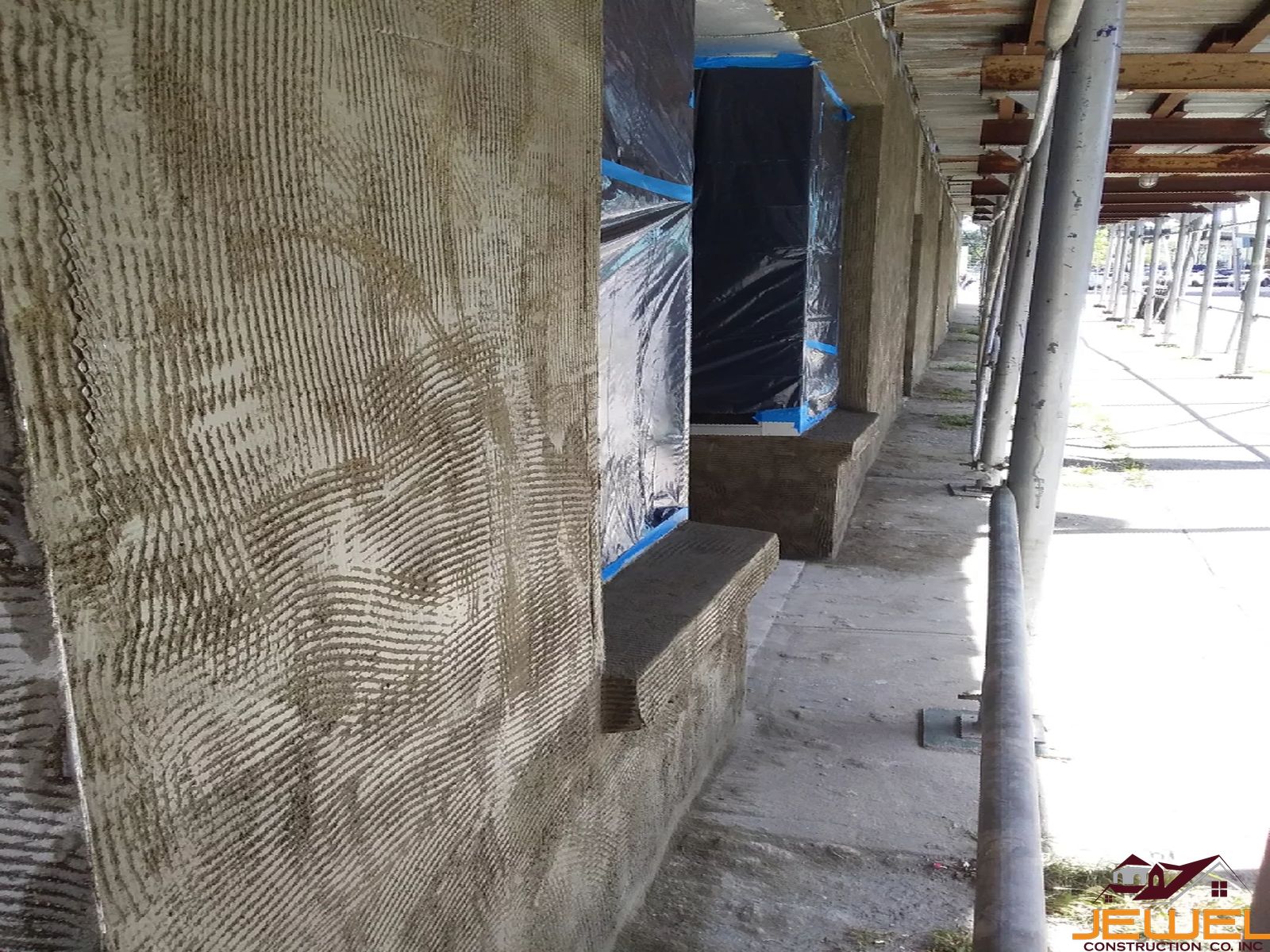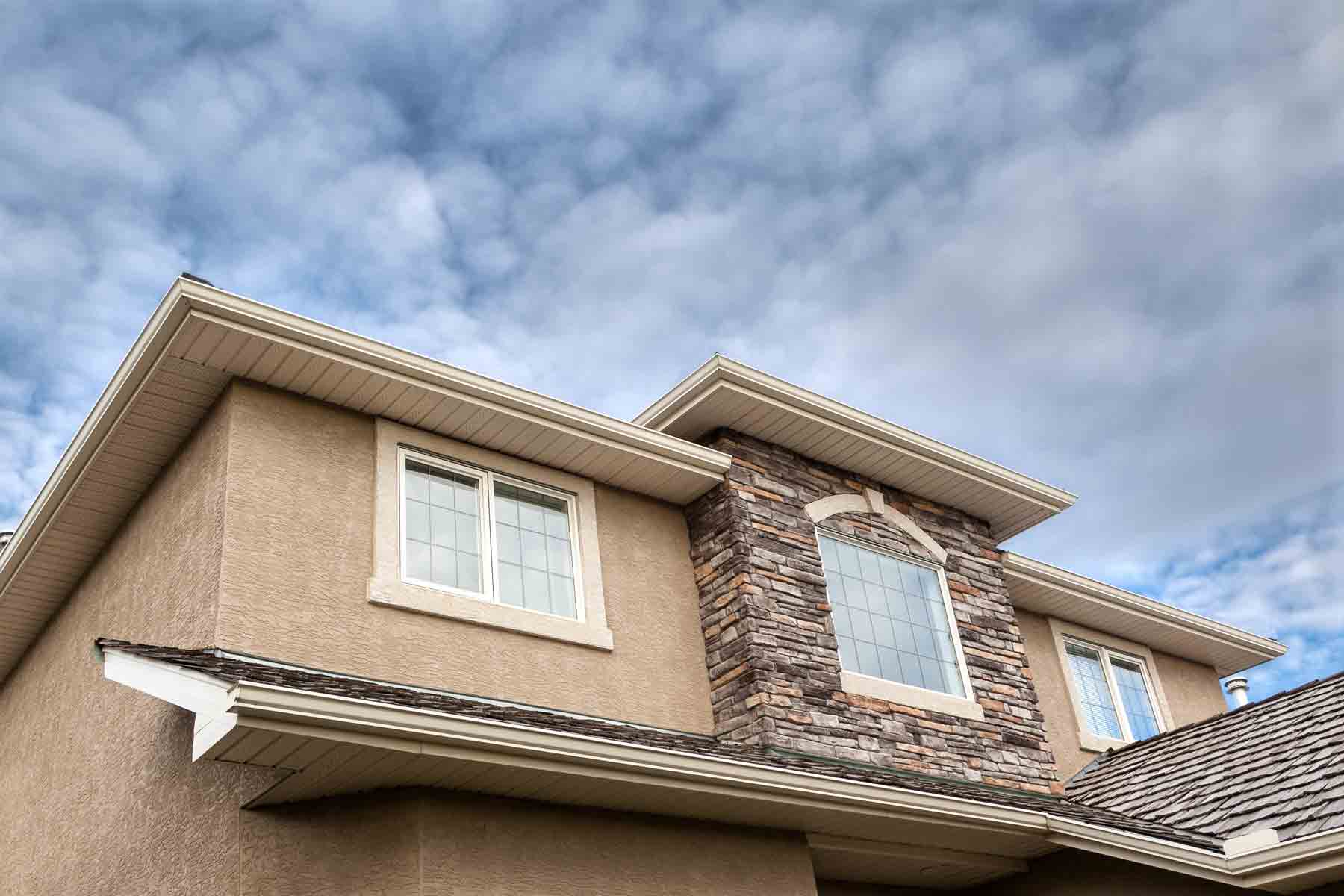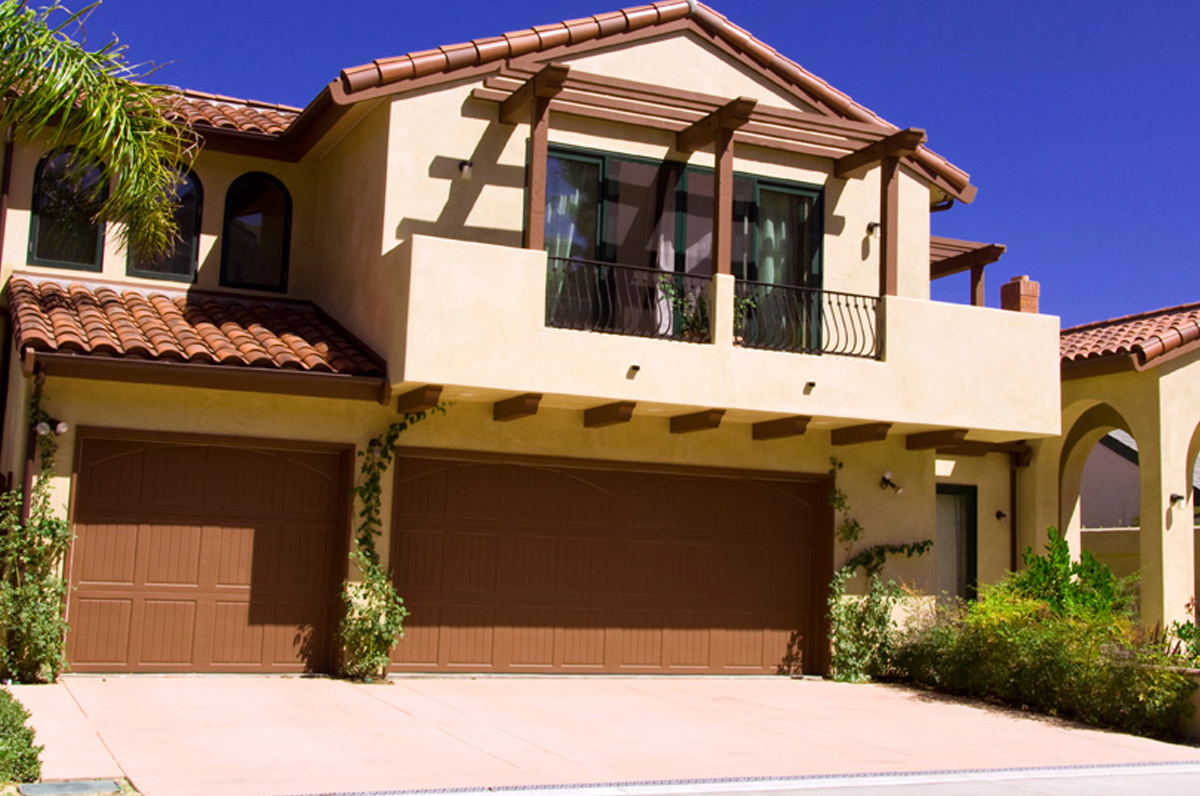Why You Should Invest in a Professional Stucco Contractor for Your Building
Why You Should Invest in a Professional Stucco Contractor for Your Building
Blog Article
Checking Out the Versatility of Stucco in Modern Style
Stucco has actually long been acknowledged for its aesthetic charm and adaptability, yet its function in contemporary architecture warrants a better examination. This material, traditionally considerable in numerous building motions, now functions as a functional option that boosts both the visual and useful facets of contemporary structures. By exploring its cutting-edge applications, from striking exteriors to energy-efficient styles, one can value exactly how stucco is redefining the limits of building expression. This discussion will discover not only its transformative potential but also the obstacles it faces in a developing sector.
Historic Relevance of Stucco
The historical significance of stucco is profound, as it has played a pivotal function in architectural methods throughout different societies for centuries. Coming from old civilizations, stucco was used by the Egyptians and Greeks as a durable and flexible finish for both interior and external surfaces. Its versatility to different environments and capability to resemble more pricey materials made it a popular option.
In the Roman period, stucco became a primary ornamental aspect, made use of extensively in public structures, vacation homes, and holy places. The Romans fine-tuned the application strategies, enabling intricate designs and relief sculptures. During the Renaissance, stucco experienced a resurgence, specifically in Italy, where it was utilized in decorative information and fancy facades, showcasing the artistry of the period.

Modern Applications in Layout
Stucco has actually found restored relevance in contemporary style due to its convenience and aesthetic appeal (stucco contractor). This standard material is progressively made use of in contemporary design, bridging the gap between modern-day and classic visual appeals. Developers and architects value stucco for its flexibility, enabling it to be applied in various designs-- from minimal frameworks to specify Mediterranean designs
In household jobs, stucco uses a clean, smooth finish that improves the aesthetic communication of exteriors. Its capability to adjust to different shapes and surface areas makes it an ideal choice for both new constructions and improvement projects. Furthermore, stucco's sturdiness and low maintenance requirements contribute to its expanding appeal in city setups, where lasting products are essential.
Commercial applications have actually also welcomed stucco, with many companies choosing for this material to produce inviting and distinctive stores. The use of stucco in public structures, such as institutions and recreation center, showcases its capacity for producing visually appealing atmospheres while giving superb insulation buildings.
Shade and Appearance Advancements
Exploring color and texture advancements in stucco has opened up new avenues for developers and engineers, enhancing the material's aesthetic effect in contemporary construction. Current innovations in pigment modern technology have permitted a larger spectrum of colors, allowing developers to develop striking exteriors that incorporate perfectly with their surroundings or stand out as bold architectural declarations. This flexibility in color option uses architects the capability to evoke certain emotional responses and harmonize with regional aesthetic appeals.
Texture technologies have actually similarly changed stucco applications. Strategies such as shoveling, spraying, and marking have caused varied surface finishes, ranging from smooth and refined to responsive and sturdy. These variations not just add to the building's personality but also play a critical function in light communication, enhancing the visual depth and dimensionality of surface areas.
Furthermore, the intro of artificial stucco choices has broadened style possibilities, providing improved longevity and weather condition resistance while keeping visual charm. As architects continue to try out ingenious shade combinations and distinctive finishes, stucco continues to be an essential component in modern design, showcasing the product's adaptability and timeless importance in modern layout.
Sustainability and Power Efficiency
Developments in color and appearance have not just boosted the visual charm of stucco yet also led the means for better concentrate on sustainability and power effectiveness in contemporary architecture. As ecological issues become significantly prominent, the building market is turning its focus to materials that add favorably to ecological equilibrium.
Stucco, made up mostly of natural products such as sand, cement, and lime, provides a sustainable alternative to more resource-intensive building materials. Its durability and sturdiness reduce the demand for frequent substitutes, thus lessening waste and source consumption over time. Contemporary stucco formulas often include energy-efficient ingredients that boost insulation properties, reducing home heating and air conditioning expenses for structures.
The reflective top qualities of stucco can also be crafted to reduce heat absorption, adding to cooler interior settings and much less reliance on synthetic climate control systems. By advertising power preservation and reducing the carbon footprint of frameworks, stucco aligns with the principles of lasting style. As architects and contractors take on ingenious strategies and environment-friendly techniques, stucco sticks out as a versatile and accountable selection in contemporary layout.

Study of Stucco Projects
The flexibility of stucco as a structure product is exemplified in numerous successful building jobs that highlight its visual and practical benefits. One significant example is the restoration of the historical Casa de la Guerra in Santa Barbara, California. Making use of stucco not only preserved the structure's Spanish Colonial Resurgence design yet additionally boosted its resilience and weather resistance, making read more certain durability while preserving building stability.
An additional compelling situation is the modern residential project, the Cactus Residence in Scottsdale, Arizona. stucco contractor. This striking home attributes a smooth stucco coating that integrates with the bordering desert landscape. The stucco's light shade mirrors warm, adding to energy performance, while the distinctive surface areas include aesthetic rate of interest
In Addition, the Kings Cross redevelopment in London showcases the flexibility of stucco in urban settings. The application of stucco on modern-day mixed-use structures produces a natural visual that appreciates historical context while welcoming modern layout concepts.
These case research studies demonstrate how stucco can serve numerous architectural functions, from conservation and power performance to aesthetic improvement, making it a functional choice in modern design.
Conclusion
 Finally, stucco's historic relevance and modern-day adaptability make it a beneficial material in contemporary design. Its ability to balance timeless appearances with innovative layout, combined with innovations in shade and texture, enhances its charm. Stucco's insulating properties contribute to energy performance, while its sustainable attributes line up with existing environmental concerns. As demonstrated with different study, stucco proceeds to additional resources play an essential function in shaping the building landscape of the modern era.
Finally, stucco's historic relevance and modern-day adaptability make it a beneficial material in contemporary design. Its ability to balance timeless appearances with innovative layout, combined with innovations in shade and texture, enhances its charm. Stucco's insulating properties contribute to energy performance, while its sustainable attributes line up with existing environmental concerns. As demonstrated with different study, stucco proceeds to additional resources play an essential function in shaping the building landscape of the modern era. 
In final thought, stucco's historical significance and modern-day convenience make it a beneficial product in modern architecture.
Report this page